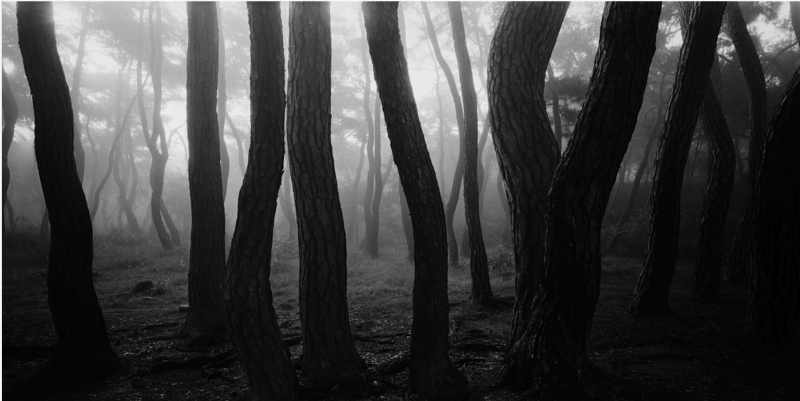A week ago, the day before Christmas Eve, I was in Wales visiting relatives. The plan was to spend the saturday just visiting and use the sunday for a photographic mission to the Gower Peninsular - where I grew up as a boy.
All through the previous day and into the night, the rain had been scything down and all the rivers were in full flood, so it wasn't looking good for the following morning. I decided to set an alarm anyway and as luck would have it - the rain stopped during the night and the skies were clearing. I'd pre-decided to visit Three Cliffs bay - one of my all time favourites - and headed off in the dark.
Many people wouldn't think to visit the beaches in winter, but I've always preferred the wilder coastal spots over the more popular holiday spots, so as the days get shorter, I have more of the beach to myself! The bay I'd chosen, isn't all that accessible and you have to walk for a couple of miles to get to it, so it's usually fairly empty, even in July. When I finally got there, there was just me and a foraging fox - and he took off as soon as he saw me. As the sun slowly rose, I had a great couple of hours shooting - the sky was still heavy with water and the sea was in full rage at high tide - much more dramatic than it's calm summer persona.
I've added one of my favourite shots from the day above. I took this using a new Nikkor 10-24mm wide angle zoom that I bought recently (It's a really great wide angle lense - if you're a Nikkon user and looking for one, I am really pleased with the results it gives). This shot was taken using an ND8 neutral density soft grad to balance the sky and get more cloud definition and I blended 2 exposures in photoshop to get the final image.
There are more images posted on my google + page - if you're interested, have a look, I'd value your feedback!
https://plus.google.com/u/0/103320240261166592824/posts
I urge you to give a winter dawn shoot a go - you'll have a great time and due to the light and weather, the results are often much more theatrical, offering great picture opportunities. If you plan properly in advance, you'll have a great days shooting - here are a couple of quick tips to make the day run smoothly:
• Check and pack your equipment the night before and then leave it all by the front door
• Make sure your footwear and winter clothing are suitable - nothing ruins a day faster than being cold and miserable and this is so easily avoided by preparing better.
• Take plenty of batteries and memory.
• Allow plenty of time to get to your destination, park up and hike out to your chosen spot - ideally you want to be there with your gear set up as the first colour creeps into the sky so you can make the most of it.
• Pick a place you want to shoot - and stick with it. Planning ahead makes your chances of success that much better, so pre-visiting a site is a good way to work out where you'll need to be when the sun rises.
• If you're going to a new spot that you haven't visited before, get a good map (Ordinance Survey in the UK) and a compass. This way you can get a good idea which way the sun is going to travel across the area. You don't want to be rocking up to a site in the pre-dawn only to find that the shot you were planning only looks good at sunset!










